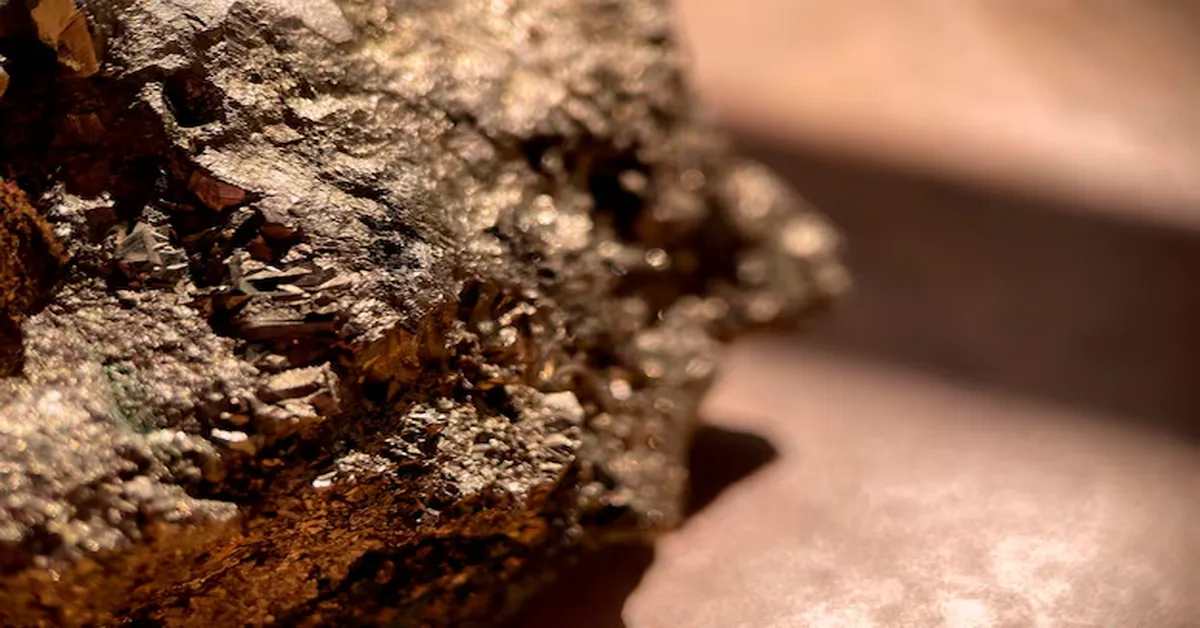Petrified wood is one of nature’s most extraordinary creations. This fossilized treasure, often mistaken for mere rock, tells a fascinating story spanning millions of years. From its formation to its scientific significance, aesthetic value, and commercial uses, petrified wood captivates geologists, collectors, and nature lovers alike.
This guide explores everything you need to know about petrified wood, including how it forms, its value, popular locations, and how to care for and identify genuine pieces. Whether you’re a hobbyist or simply intrigued by nature’s wonders, this article will provide deep insights into this ancient marvel.
What is Petrified Wood?
Petrified wood is a fossilized form of ancient wood that has undergone a process called permineralization, where organic material is replaced with minerals, typically quartz, over millions of years. The result is a rock-like structure that retains the original wood’s texture, rings, and patterns.
Key Characteristics:
- Hard, stone-like texture
- Vibrant colors from minerals (red, yellow, green, blue, and purple)
- Retains original wood grain and tree rings
- Found in sedimentary rock layers
How Does Petrified Wood Form?
The formation of wood is a rare and lengthy process that takes millions of years. Here’s how it happens:
- Burial in Sediment: When trees fall and get buried under volcanic ash, mud, or sediment, oxygen supply is cut off, preventing decay.
- Mineral Absorption: Groundwater rich in silica, iron, manganese, or other minerals seeps into the wood’s porous structure, replacing organic material.
- Crystallization: Over time, minerals crystallize and harden, preserving the wood’s structure while replacing its composition with stone.
- Erosion & Discovery: As layers of sediment erode, petrified wood is exposed, often found in fossil beds and dry regions worldwide.
Where is Wood Found?
Petrified wood is found in various locations worldwide, often in regions with volcanic activity and ancient forests. Some of the most famous locations include:
United States:
- Petrified Forest National Park, Arizona: One of the largest wood sites, boasting colorful specimens over 200 million years old.
- Yellowstone National Park, Wyoming: Home to large petrified trees standing upright in ancient volcanic deposits.
- Ginkgo Petrified Forest, Washington: Famous for its fossilized ginkgo trees.
Other Global Sites:
- Argentina: The Patagonia region has some of the most impressive fossilized forests.
- Greece: The Lesvos Petrified Forest, a UNESCO-protected site.
- Indonesia: Known for vibrant petrified wood with unique blue and green hues.
What is the Value of Petrified Wood?
The value of wood varies depending on factors such as rarity, color, size, and quality. Here’s how it’s valued:
- Color & Patterns: Unique mineral compositions create stunning colors, with rare blues and greens being the most valuable.
- Size & Weight: Large, well-preserved specimens fetch higher prices.
- Location: Wood from famous fossil beds is often more valuable.
- Polish & Craftsmanship: Carved or polished wood items, such as jewelry and tabletops, can be quite expensive.
Average Price Ranges:
- Small pieces: $5 – $50
- Large slabs: $100 – $5,000+
- Jewelry-grade petrified wood: $50 – $500
Uses of Petrified Wood
This wood is more than just a collector’s item—it has practical and decorative uses, including:
Home Décor:
- Coffee tables, countertops, and sculptures
- Bookends, coasters, and display pieces
Jewelry & Accessories:
- Pendants, rings, and bracelets
- Carved gemstones and beads
Healing & Metaphysical Properties:
Many believe petrified wood has grounding and stabilizing energies, making it popular in crystal healing and meditation practices.
How to Identify Genuine Petrified Wood
Because this wood is valuable, counterfeit or misrepresented pieces exist. Here’s how to verify authenticity:
Key Identification Tips:
- Check the Weight: This wood is significantly heavier than regular wood due to mineral content.
- Look for Natural Wood Rings & Texture: Genuine specimens retain the original tree rings and grain.
- Hardness Test: Petrified wood is hard (6-7 on the Mohs scale) and won’t scratch easily like regular wood.
- Examine Coloration: Natural mineral patterns are irregular and not overly uniform.
Caring for Petrified Wood
Since wood is essentially stone, it requires minimal maintenance. However, for polished pieces or jewelry, follow these care tips:
- Avoid Harsh Chemicals: Clean with a soft cloth and mild soap.
- Protect Polished Surfaces: Use mineral oil occasionally to maintain shine.
- Store Properly: Keep jewelry in a padded box to prevent scratches.
Conclusion
Petrified wood is a captivating testament to Earth’s ancient history, blending science, art, and natural wonder. Whether you’re a collector, a decorator, or a geology enthusiast, its beauty and significance make it a prized possession.
If you’re interested in acquiring authentic wood, ensure you buy from reputable sources and understand its value. Want to learn more about fossils and minerals? Subscribe to our blog for more fascinating articles on Earth’s geological treasures!
FAQs
1. How old is petrified wood?
Most specimens range from 100 to 200 million years old, though some can be as ancient as 300 million years.
2. Is this wood rare?
While common in specific fossil-rich locations, high-quality, vividly colored wood is rare and valuable.
3. Can I collect petrified wood legally?
Laws vary by location. While some private lands allow collecting, national parks and protected areas strictly prohibit it.
4. What colors can wood be?
Common colors include brown, red, yellow, orange, and black. Rare specimens may feature blue, green, or purple hues due to unique mineral deposits.
5. Is petrified wood considered a crystal?
Yes, because it undergoes mineralization, petrified wood is classified as a crystal and often used in energy healing.









